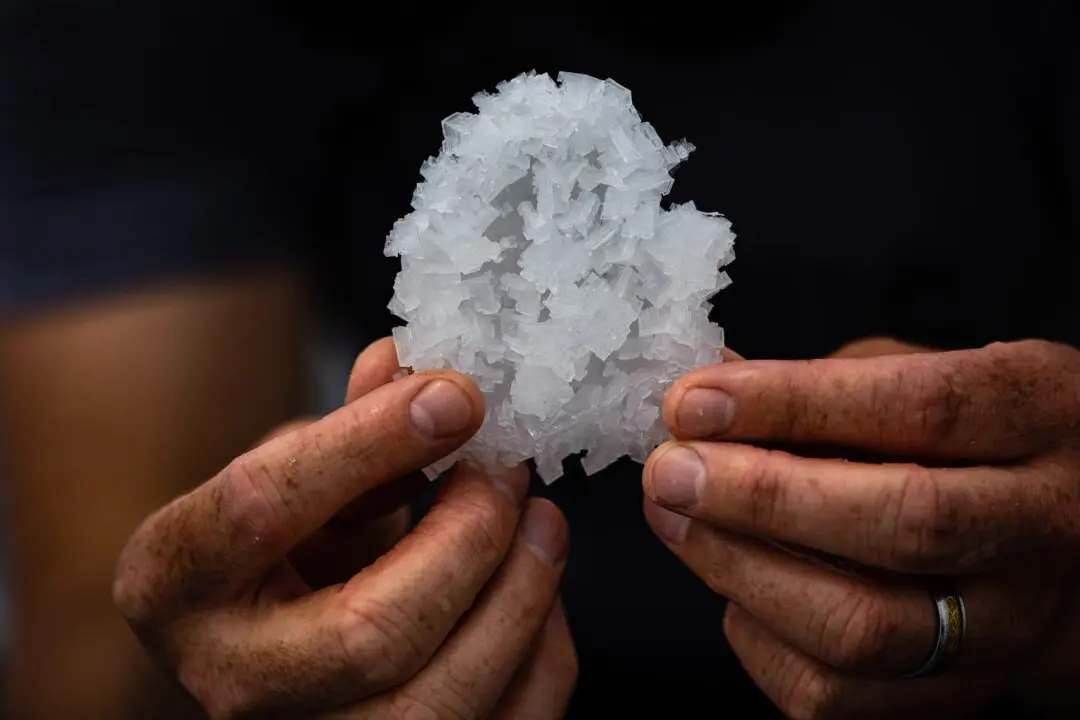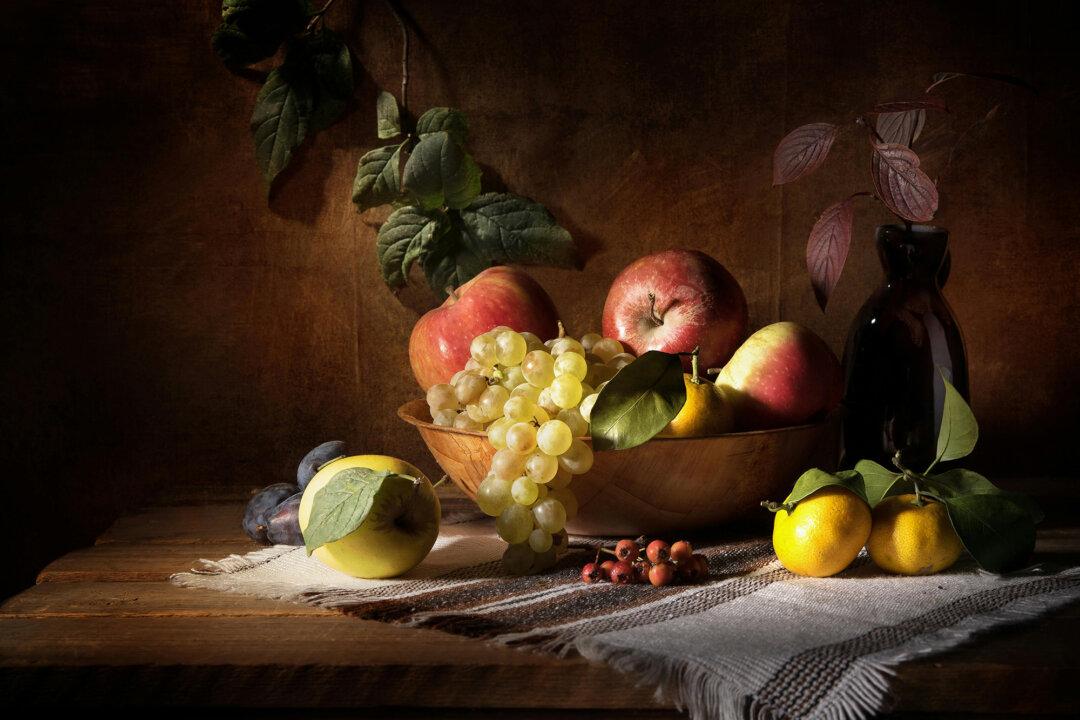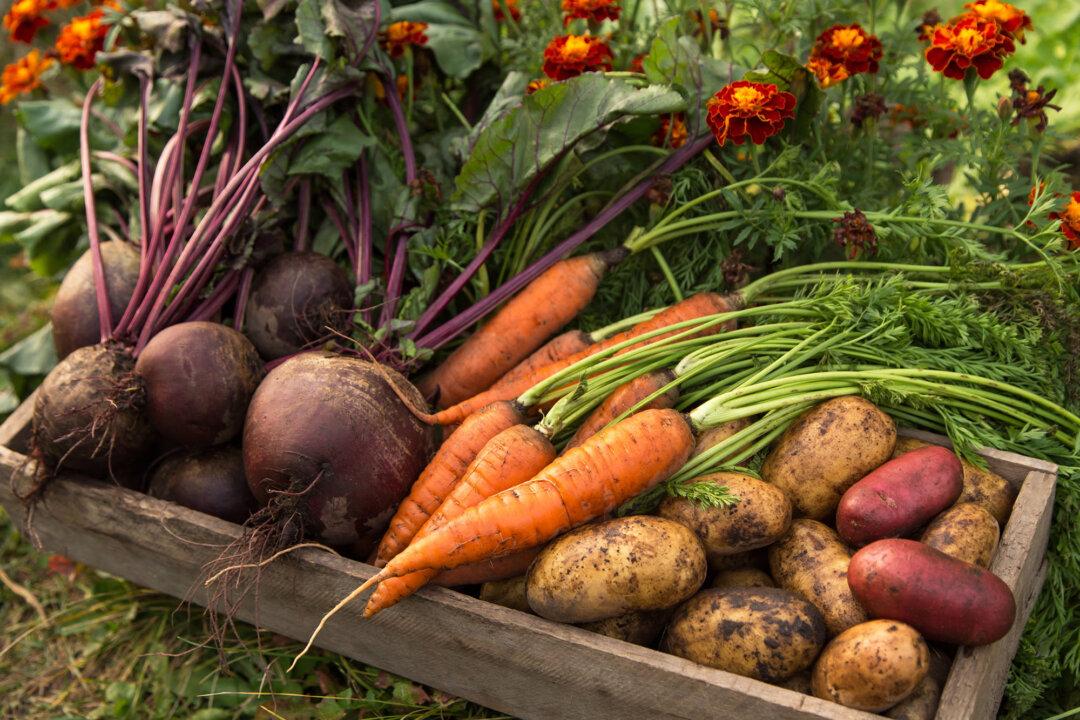Everybody loves marionberries. Everybody.
Though that may seem a bit grandiose, in the 20 years that I have offered anyone a marionberry anything, I’ve never heard a negative, or even humdrum, reaction.
Fresh off the vine? “Wow, that’s amazing.”
Pie? “So, can I have another piece?”
Sorbet? “Geez, that’s good.”
And so on. Among family and friends and virtually all guests at my farm, marionberry pie wins the gold medal. This icon of the Pacific Northwest—born and bred here, at Oregon State University in the Willamette Valley—is featured across the region and down the West Coast in ice cream, muffins, pancakes, jams, pies, tarts, sauces, syrups, marinades, crisps, cobblers, sodas, galettes, scones, and more. The plants are robust: production prodigious, reliability high.
When I say everybody loves them, I mean that: One morning, I strolled out to my garden to find a fat and happy raccoon perched on top of the marionberry trellis, reaching down to snag ripe berries. Ironically, we had named this raccoon “Barry.” He’s not a problem anymore, as we now have an energetic Weimaraner puppy, and he loves marionberries, too… just as he loves chasing raccoons.
But what’s so special about this simple berry that makes canines, raccoons, and humans of all stripes adore it?
First of all… ain’t simple. The color, flavor, and aroma of a ripe marionberry are complex and multi-layered. The color seems a plain black until you look close and discover it’s a shimmering indigo, like the predawn sky that hints at what’s to come. Cooked up, that indigo brightens into a vivid Titian magenta; luckily, it launders out easily, because stains are inevitable.
The aroma is a spicy tang, like the sweet smoke from a juniper fire. The texture is firm: Stick them in your fridge for a few days and they hold up fine. And the flavor is an intense sweet-sour with hints of plum, clove, cherry, and rhubarb. An ephemeral, coppery aftertaste adds depth. I’d say marionberry pies and tarts are the most highly flavored pastries of all.





